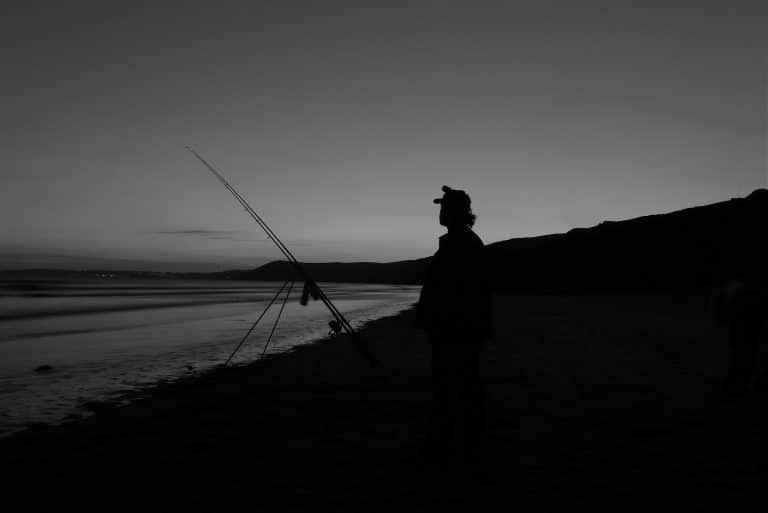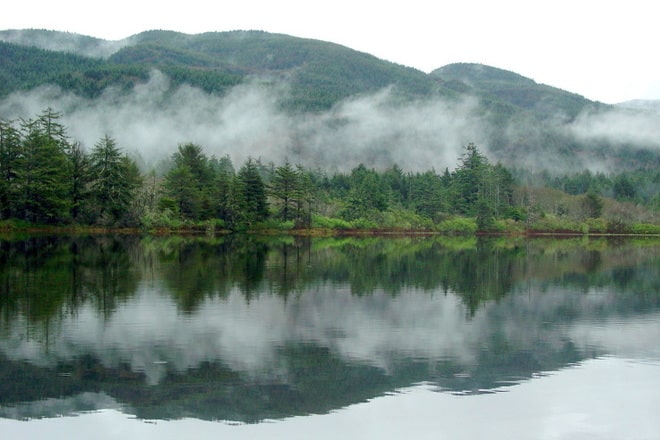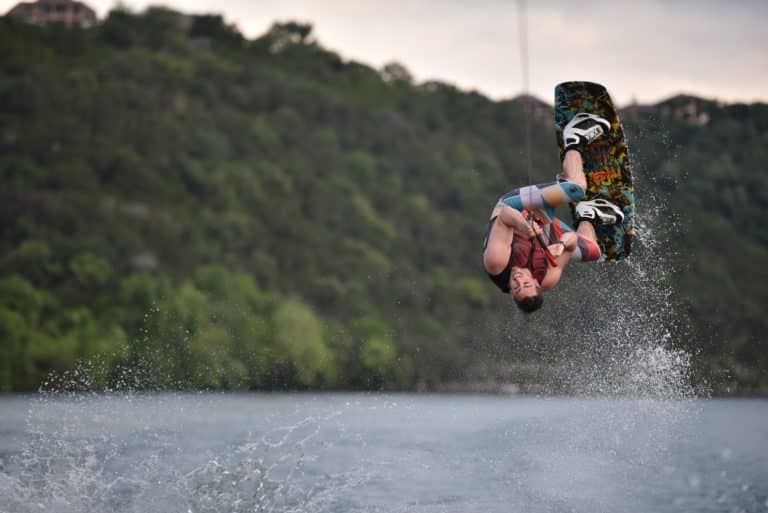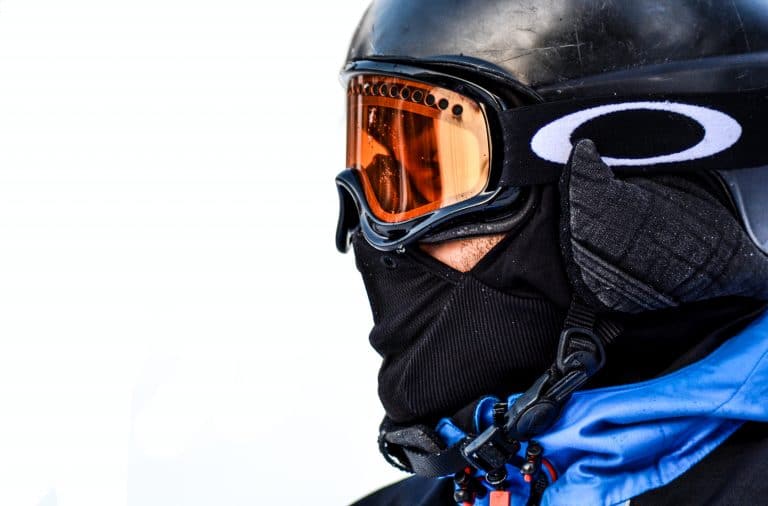How To Ski Moguls – 7 Tips You Need To Know Now!
How To Ski Moguls
So, you’d like to learn how to ski moguls? This skill is not for beginners but is a lot of fun and a favorite for many skiers. Mastering them takes a lot of practice and confidence, but if you can do it you’ll become a much better skier.
Moguls form on slopes and are lumps of soft snow with ice around them. When skiers turn they push snow up into little piles or ‘bumps’, and when these get larger they become moguls.
They often form at the steepest parts of ski slopes, so even if you’re not willing to ski them you should be aware so you can avoid them. There are three different ways to ski moguls. Which is best for you will depend on your experience. Here are some useful tips to help you ace the moguls!
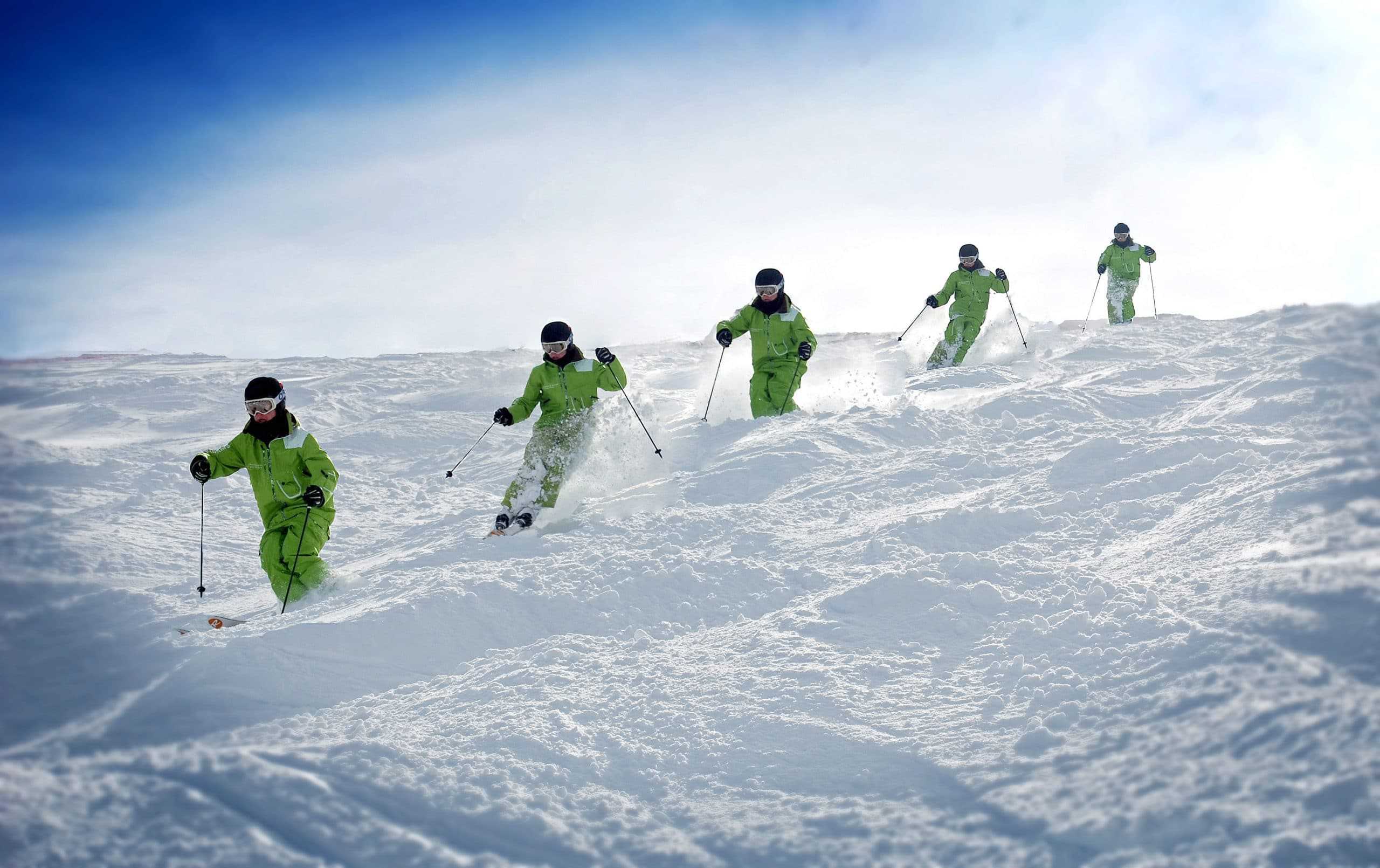
1. Practice balancing!
Before you even start skiing you need to be in reasonable shape. Skiing is so much fun but it can also be physically demanding. Making sure you’ve got decent core muscles can help with balance and will ensure that you’re less likely to fall over, wherever you are.
You need to be changeable, too: keeping your position rigid can make you unbalanced and more likely to fall down. Before you leave for the slopes, take some time to practice walking or running on different parts of your feet. This can help you adjust quickly and easily. Try to keep your head still and allow your legs to absorb any bumps.
2. Take a few skiing lessons
Most ski resorts will offer them, and then instructors will be able to give you information specific to the ski runs available. Skiing moguls isn’t easy and it won’t be suitable for beginners, so take some time to learn what you’re doing before attempting anything advanced.
It’s also a good idea for out-of-practice skiers, who haven’t been out recently, as instructors will be able to help you identify and eliminate any bad habits. Additionally, they will be able to show you where to find moguls and how to plot your way through them. They’ll be able to tell you which slopes are best suited for you so that you can avoid accidents.
It may be helpful to go on a few ‘normal’ runs and get used to doing turns. Use your poles to orient yourself and get used to the way you need to move your body to change direction without being thrown on the snow.
You could take some time to look up bump skiing on Youtube. There’s a lot of instructional videos and GoPro footage that’s easy to learn from and full of helpful information.
3. Start small!
The first way to ski a mogul is to basically go straight across it, or to ski on the ‘inside wall’. If the top of the mogul has the most powdery snow and the outside is mainly ice, this method means you only slope slightly towards the ice.
The powdery snow will slow you down, and you don’t have to bend as much around the corners because there aren’t any. This is good for people who haven’t skied bumps before. Make sure you get lots of practice before moving on and try skiing multiple moguls in one go.
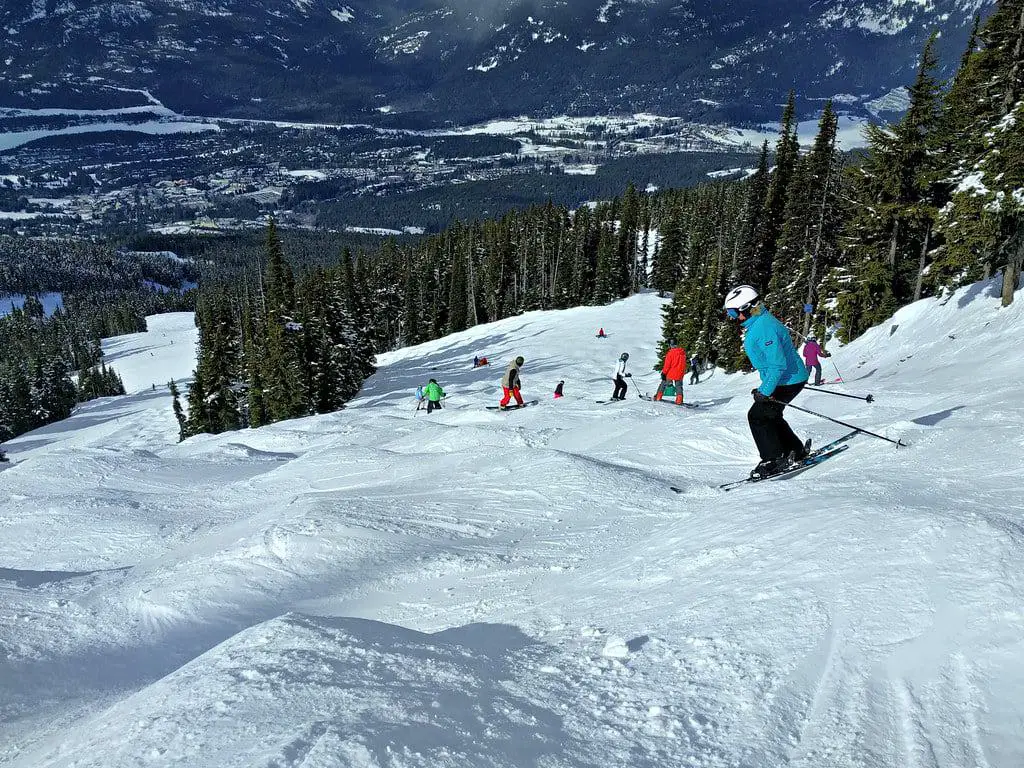
4. Turn more
Once you’ve mastered step one, look at turning a little more. The center of the mogul is just snow; the outer curve is ice, so this step takes you where they meet. It’s called the ‘right line’ and it’s good for more confident skiers. You will speed up a bit but you’ll still be in control. Take some time and practice before moving onto the next step.
5. Finally, the full mogul!
This is when you completely ignore the middle, snowy part of the mogul and head straight for the ice, curving and getting faster as you do. This is the most difficult and dangerous, but also the most fun! It’s called the ‘outside bank line’ and with practice, it can become graceful and smooth. You should be able to do all three moves, but if you end up preferring one over the other that’s absolutely fine.
6. Plan ahead
Take some time to look at the slope and consider your way down before you leave. Look ahead and make sure you know where you’re going next. Again, speaking to an instructor will be really useful, and they may be able to give you some tips to plan your route down.
Plan the bumps you want to hit before you leave, and make sure that you’re always looking onto the next one with plenty of time- you’ll go faster than usual, so they’ll come a lot sooner! Try to stick to your plan as much as possible.
7. Persevere!
Skiing moguls is a lot of fun, but it takes time, practice, and a good few bruises. With time you’ll get better and it will be much easier to pick it up again. You could ask a friend to film you so you can see if you’re making any mistakes, or ski with an instructor who can identify ways to improve.
Don’t be discouraged if it takes a while to get it right: when you watch other people succeed, know that they’ve failed before, too. And if you don’t want an audience, stay away from the ski lift!
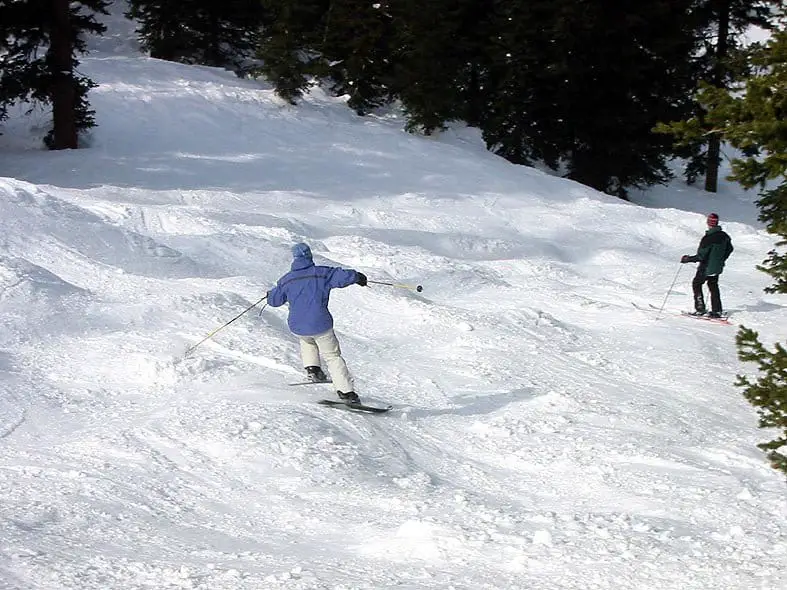
FAQs
Are shorter skis better for moguls?
Shorter skis typically turn much easier than longer skis. A shorter ski’s turning radius is reduced which allows you to spend less time in the fall line allowing you to turn with more control. Ultimately shorter skis will offer you much better speed and turning control on the moguls.
Is skiing good exercise?
Skiing is an aerobic activity, which means it is great for increasing your heart rate. Overtime skiing will increase your cardiovascular endurance and increase the amount of oxygen that can reach your muscles. A full day on the slopes can burn a lot of calories and has proven to be a great exercise for almost anyone.
What causes ski moguls?
As skiers turn going down the slopes, their skis push snow into bumps. Over time, these bumps get larger, causing skiers to follow a certain path down the slope, this, in turn, causes the bumps to get even bigger. Eventually, once they reach a certain size, they are considered ‘moguls’. This process happens naturally, however, some ski resorts will artificially construct moguls pre-season.
Are shorter skis better for beginners?
Shorter skis offer beginners more control over how they turn and how they manage their speed. Long skis do allow higher speeds to be reached, however they are only often used by experienced skiers as they are much harder to maneuver in the snow.
Conclusion
We hope this is useful for you! Skiing is so much fun and learning this new skill will help you develop into a more confident, balanced athlete. Remember to take your time, practice lots and pay attention to the advice from your instructors. Good luck!

